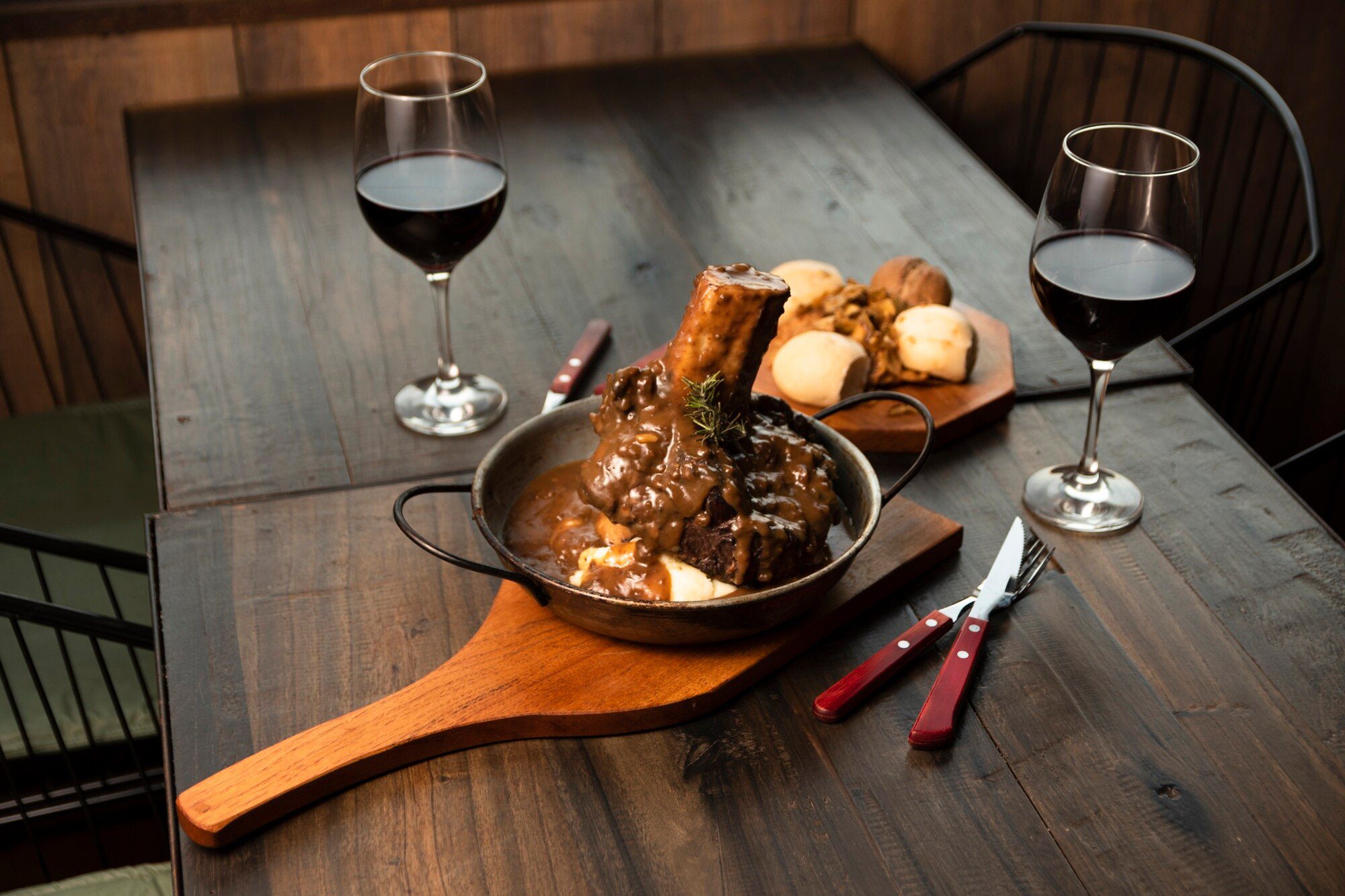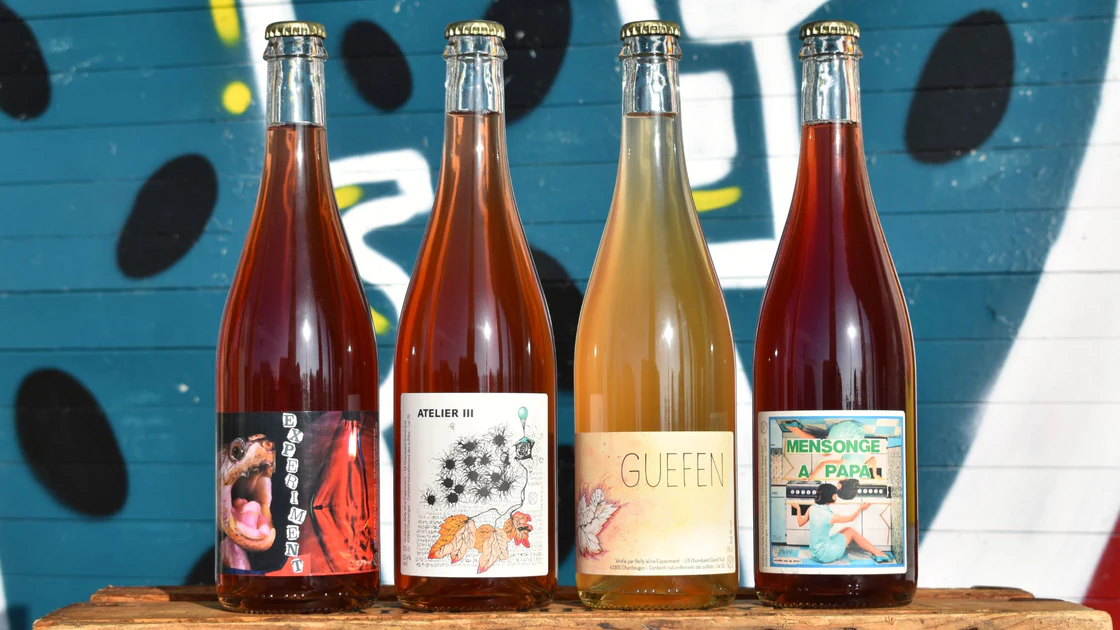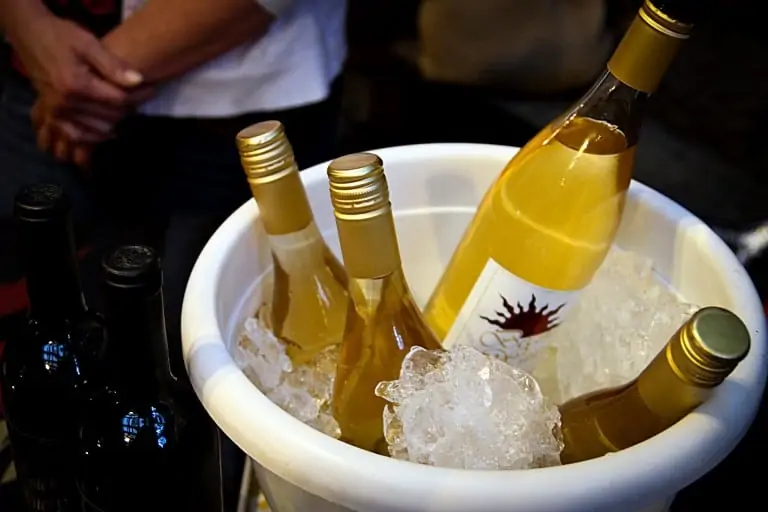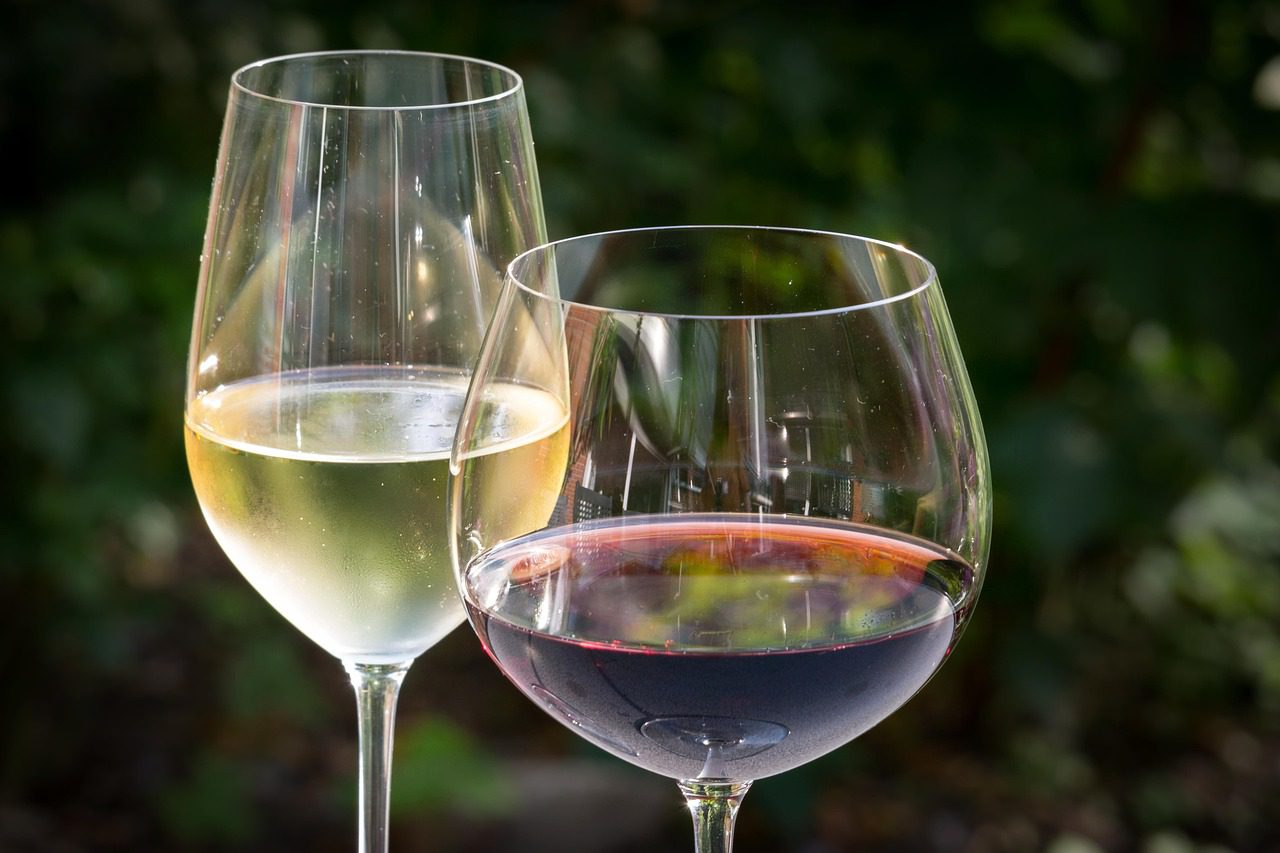Finding the
perfect wine for lamb requires understanding how different wine characteristics complement this flavorful meat’s richness and unique profile. Lamb’s distinct taste ranges from delicate to robust depending on the cut and preparation, making it an ideal candidate for pairing with various wines that enhance rather than overpower its natural qualities.
Key Takeaways
- Red wines with good tannin structure typically pair best with most lamb preparations
- The cooking method and seasonings should influence your wine selection
- Regional Mediterranean wines often offer excellent lamb pairings due to cultural food traditions
- White wines with high acidity can work surprisingly well with lighter lamb dishes
- Consider the lamb cut when selecting between full-bodied or medium-bodied wines
Understanding Lamb’s Flavor Profile
Lamb offers a
distinctive flavor intensity that varies significantly between cuts and aging. Younger lamb tends to be milder and more delicate, while older lamb develops a stronger, more pronounced gamey quality. This spectrum of flavors is what makes lamb such an interesting meat for wine pairing adventures.
The fat content in lamb also plays a crucial role in determining the right wine match. Fattier cuts like shoulder or ribs benefit from wines with
higher tannin levels that can cut through the richness, while leaner cuts like loin might pair better with less aggressive wines that won’t overwhelm the meat’s subtle flavors.

Red Wine Pairings for Lamb
Red wines typically form the
foundation of lamb pairings due to their structural components that complement the meat’s character. The best red wine choices often depend on your specific lamb preparation.
For roasted rack of lamb with herbs, medium to full-bodied reds with earthy notes work exceptionally well.
Cypriot dry red wines provide cassis and graphite notes that mirror the dish’s savory depth, as noted by World of Fine Wine. Oregon Pinot Noir offers red-fruit brightness without overwhelming the delicate textures of premium cuts.
When serving a slow-roasted leg of lamb, choose wines with
aging potential and robust character. Barolo, made from the Nebbiolo grape, stands up beautifully to caramelized fat with its high tannins and distinctive tar aromas. Washington Merlot, with its plum and cocoa profile, enhances garlic-herb rubs commonly used in leg preparations.
For lamb chops and braised shanks, consider these excellent options:
- Chianti Classico – Sangiovese’s natural acidity cuts through the char of grilled chops
- Ribera del Duero – Concentrated dark fruit complements smoky shanks braised in wine
- Rhône Valley Syrah – Peppery undertones match beautifully with herb-crusted lamb
- Rioja – Medium tannins pair well with long-cooked dishes where collagen has broken down
White and Rosé Options for Lamb
While red wines dominate lamb pairings,
high-acid white wines can work surprisingly well with lighter preparations. This is particularly true for dishes featuring citrus, yogurt-based sauces, or Mediterranean herbs. According to Decanter, whites with vibrant acidity in the 6.5-8.5 g/L range offer enough structure to balance lamb’s richness.
Albariño from Spain provides
saline minerality that elevates lemon-caper sauces often served with lamb loin. Alsace Gewürztraminer, with its lychee and ginger notes, balances the sweet spices found in Moroccan tagines without fighting the lamb’s flavor.
Rosé wines offer a middle ground that’s particularly useful for
food and wine combinations during warmer months. Tavel Rosé from southern France provides enough body and strawberry depth to stand up to herb-marinated lamb, while Rosé Champagne’s biscuity finish creates an interesting contrast with crispy lamb preparations.
Regional Wine and Lamb Specialties
Many cultures have
centuries-old traditions of pairing local wines with local lamb preparations, creating harmonious combinations refined over generations. These regional pairings often showcase how
wine service traditions develop alongside culinary practices.
Greek cuisine offers excellent examples with lamb gyros paired with Agiorgitiko from the Peloponnese. This red wine highlights oregano and tzatziki with blackberry and smoky notes. Idaho Syrah mirrors gyros’ garlic and cumin via peppery undertones, according to the Idaho Wines Blog.
For Moroccan lamb tagine, Faugères red blends containing Syrah and Grenache
amplify the apricot and almond sweetness typical of these slow-cooked dishes. Mencía from Spain complements the preserved lemon often used in tagines with its floral character.
Spanish lechazo asado (roasted milk-fed lamb) pairs traditionally with Rioja Gran Reserva, where Tempranillo aged for 5+ years melds with the smoky, tender meat. The wine’s extended aging process creates complementary flavors that enhance this classic dish.
Considering Preparation Methods
How you cook lamb significantly affects
which wine will work best. Different cooking methods create different flavor compounds that interact uniquely with wine components.
Grilled and roasted lamb develops intense flavors through Maillard reactions, favoring bold reds like Cabernet Sauvignon (14-15% ABV) or Syrah with peppery undertones. The caramelized exterior and rendered fat need wines with enough structure to balance these intense characteristics.
Braised and stewed lamb, on the other hand, benefits from
medium-tannin wines like Rioja Reserva or Grenache-based blends. The slow cooking process breaks down collagen and creates tender meat with rich sauce, which pairs beautifully with wines that have some bottle age and softer tannins.
Understanding the
differences between red and white wine becomes crucial when considering how acidity, tannin, and body interact with various lamb preparations. While reds typically work better with richer preparations, whites with sufficient acidity can complement lighter lamb dishes effectively.
Spice and Seasoning Considerations
The herbs and spices used to prepare lamb should
influence your wine selection. Mediterranean herbs like rosemary, thyme, and oregano work beautifully with wines from the same regions due to natural flavor affinities.
For herb-crusted lamb with rosemary and garlic, look to southern French reds like Châteauneuf-du-Pape or Italian Sangiovese-based wines that echo these herbal notes. The BBC Good Food guide suggests that these Mediterranean wines have evolved specifically to complement these regional flavor profiles.
When lamb features stronger spices like cumin, coriander, or cinnamon,
aromatic grape varieties offer sympathetic flavor bridges. Gewürztraminer, Viognier, or even off-dry Riesling can work with spiced lamb dishes by providing complementary aromatic profiles that enhance rather than fight the spices.
Contemporary Trends and Considerations
Despite a 2.6% global decline in wine consumption reported by Decanter in 2023, lamb pairings remain a bright spot, with
premium reds maintaining popularity among wine enthusiasts. Many consumers are looking for value-driven regions that offer quality experiences without premium prices.
Sustainable and lower-alcohol options are gaining traction among health-conscious diners. Loire Cabernet Franc (typically around 12.5% ABV) provides an excellent sustainable option for those seeking lighter styles that still complement lamb dishes. Greek Xinomavro offers eco-aware consumers a vegan-friendly option that pairs beautifully with traditional lamb preparations.
The rise of natural wines has also created new pairing possibilities, with
minimal-intervention wines offering bright acidity and fruit purity that works especially well with simpler lamb preparations focused on quality ingredients rather than complex sauces.
Sources
worldoffinewine.com – Best Wines Pair With Lamb
millesima-usa.com – Lamb Wine Pairing Guide
cluboenologique.com – Which Wines Pair Best With Lamb
decanter.com – Wine With Lamb: Easter Food Matching
bbcgoodfood.com – The Best Wines To Pair With Lamb 






